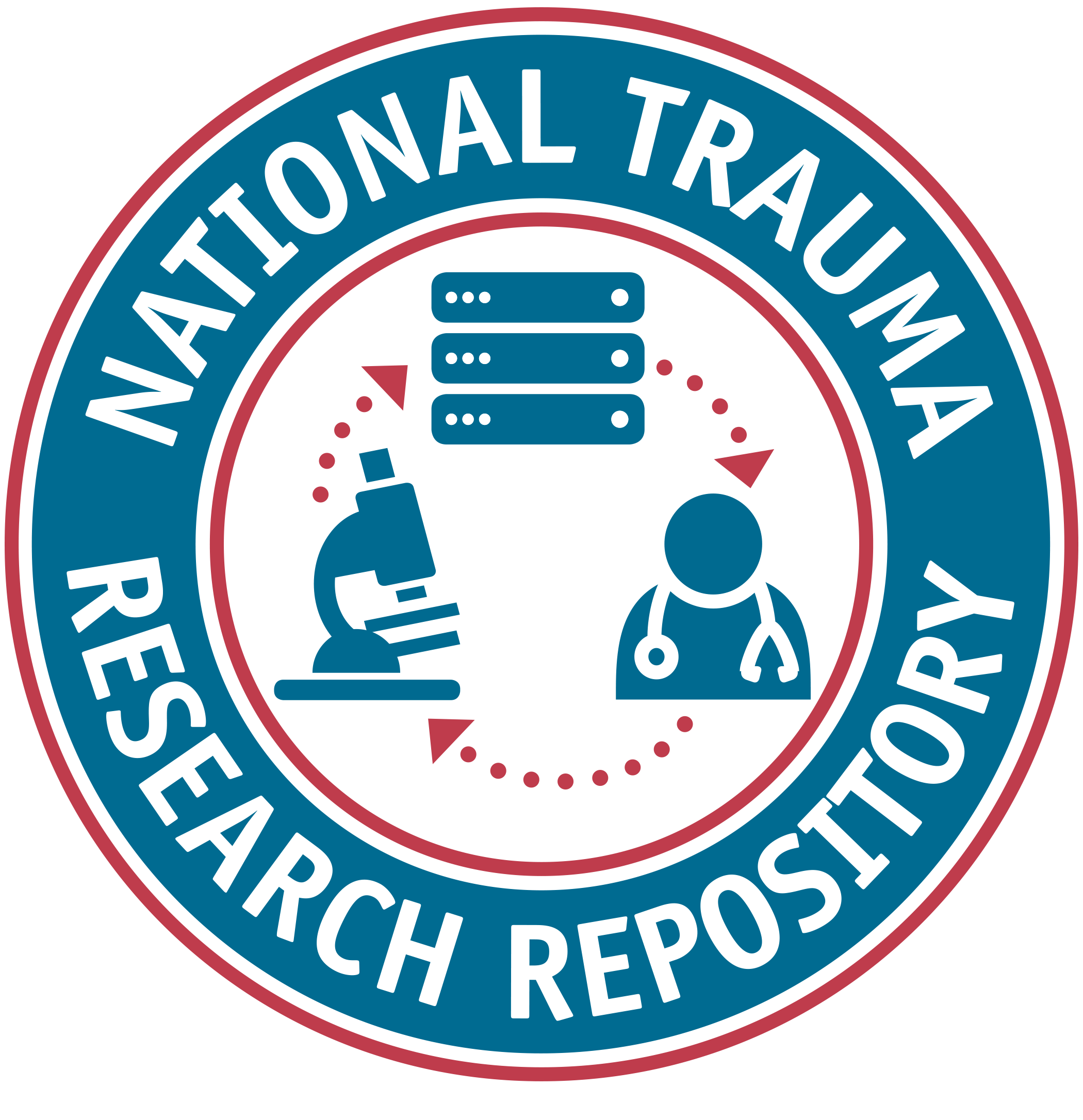Listed below are the details for the data element.
FITBIR
1.1
Element Type
Common Data Element
Vineland Adaptive Behavior Scales Second Edition - Operates electronic equipment independently score
VinelandIIPerElecEqIndScore
Short Description
Score to rate how often the subject operates electronic equipment independently (selects program, turns on equipment, accesses channel, station, website, etc.), as a part of the Vineland Adaptive Behavior Scales Second Edition.
Definition
Score to rate how often the subject operates electronic equipment independently (selects program, turns on equipment, accesses channel, station, website, etc.), as a part of the Vineland Adaptive Behavior Scales Second Edition.
Notes
Using TV, Radio, Computer Q1
Creation Date
2016-12-15
Historical Notes
References
Copyright 2008 NCS Pearson. Sara S. Sparrow, Domenic V. Cicchetti, Daivd A. Balla. A revision of the Vineland Social Maturity Scale by Edgar A. Doll. The measurement of social competence: a manual for the Vineland social maturity scale. Edgar Arnold Doll. Educational Test Bureau, Educational Publishers, 1953.
Data Type
Alphanumeric
Input Restrictions
Single Pre-Defined Value Selected
Population
Adult and Pediatric
Guidelines/Instructions
In each adaptive behavior subdomain, begin scoring with the cluster designated for the individual's age. Score each item 4, 3, 2, 1, 0, or DK. Score 4 if the individual almost always performs the behavior independently (that is, without physical help or reminders); almost always means 90% of the time or more. Score 3 if the individual often performs the behavior independently; often means 50%-89% of the time. Score 2 if the individual sometimes performs the behavior independently; sometimes means 10%-49% of the time. Score 1 if the individual rarely performs the behavior independently; rarely means less than 10% of the time. Score 0 if the individual never performs the behavior, or never performs it independently. If the respondent has no knowledge of the individual's performance of a given behavior, write DK for Don't Know. When computing cluster sums, count each DK as 2. However, if more than three items in subdomain are marked DK, do not score the subdomain. If an item includes a Scoring Tip, use the guidelines in the tip to help determine the appropriate score. Some subdomains do not apply to very young children. If the person being assessed is younger than the age of the first start point, do not administer that subdomain.
Preferred Question Text
Operates electronic equipment independently (selects program, turns on equipment, accesses channel, station, website, etc.).
Category Groups and Classifications
| Disease | Domain | Sub-Domain |
|---|---|---|
| General (For all diseases) | Disease/Injury Related Events | Classification |
| Traumatic Brain Injury | Disease/Injury Related Events | Classification |
Classification
Traumatic Brain Injury:
Supplemental
Moderate/Severe TBI: Rehabilitation
Concussion/Mild TBI
Acute Hospitalized
Epidemiology
General (For all diseases):
Supplemental
Keywords
VinelandII
Labels





